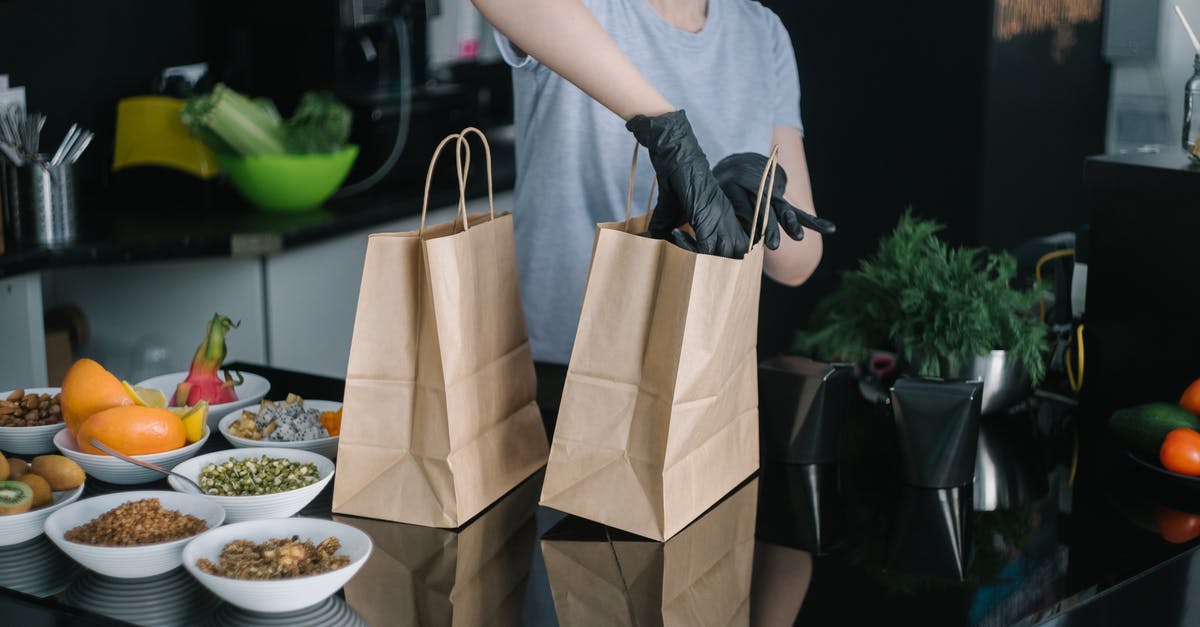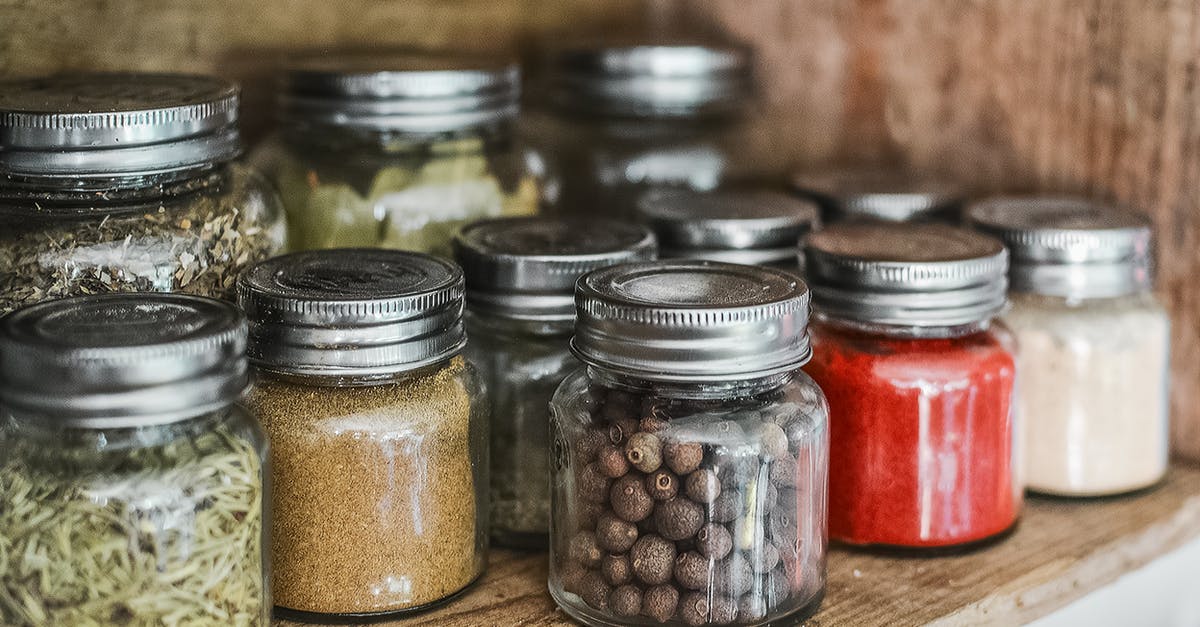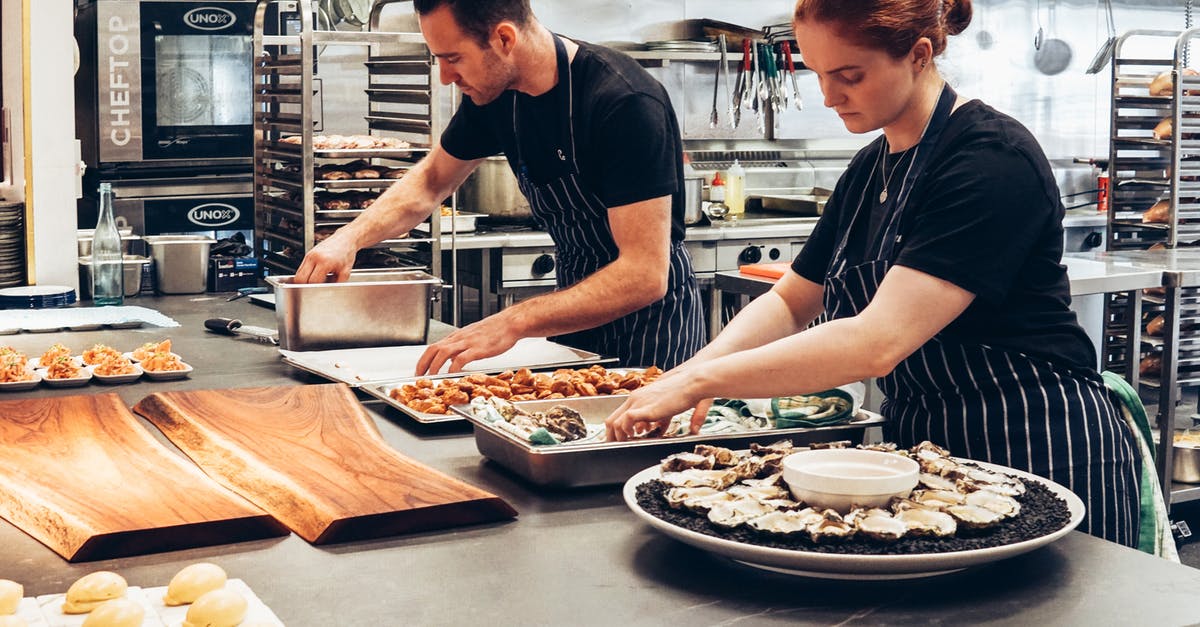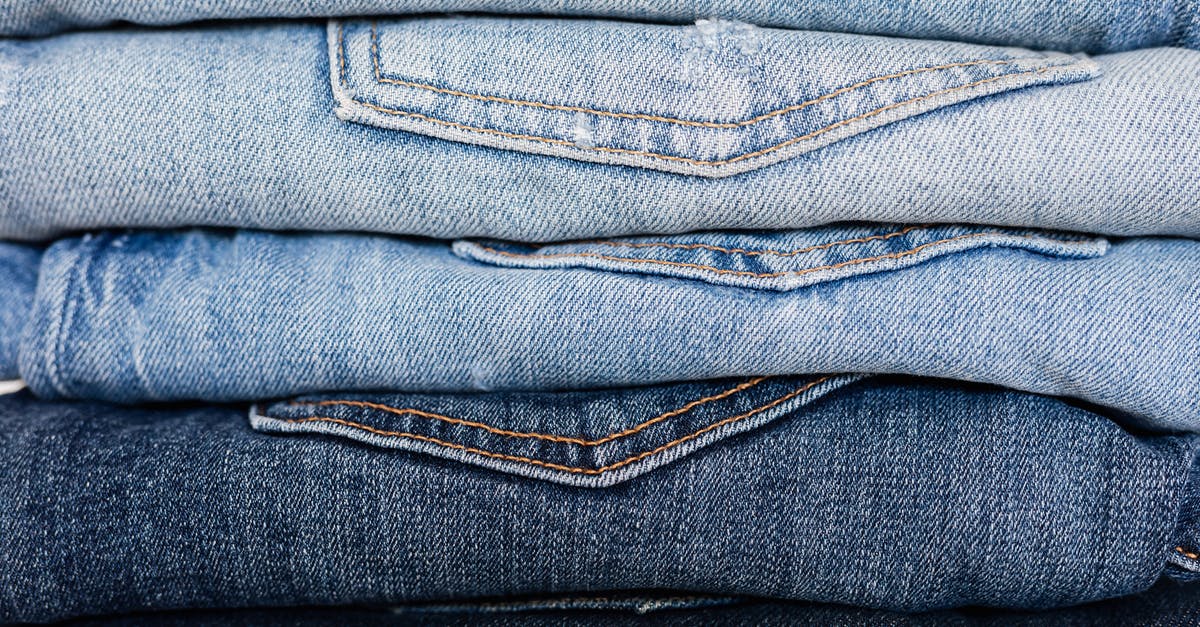Would pressure cooking stock create a different result?

I have always made bone stocks by simmering them for a long, long time, either on the stove or in a slow cooker. My new housemate insists this can be done in a pressure cooker. I'm sure this is true, but not sure whether the result would be different, other than that I wouldn't be able to skim it in a pressure cooker.
How does pressure cooking affect stock? Would a stock have different properties when slow-simmered vs. pressure cooked?
Best Answer
There are several advantages to using a pressure cooker other than speed, the first of which address your concerns about skimming. If operated correctly the water in a pressure cooker will never come to the boil resulting in a clearer stock than one made by convention means. From Modernist Cuisine (2-291):
The liquid inside the pressure cooker will not boil, despite the elevated temperature, unless you let the heat get out of hand. A liquid boils when its vapor pressure exceeds the ambient pressure around it. Inside a sealed pressure cooker, as liquid water vaporizes, it raises the ambient pressure, which in turn increases the boiling point. So long as water vapor is not escaping the pressure cooker, the pressure inside will stay high enough to keep liquid water from boiling. Never reaching a boil is important because it keeps the stock clear. Turbulence from boiling emulsifies oils and small food particles from the ingredients into a stock, thereby making it murky.
A telltale sign that the stock is at a rolling boil inside a pressure cooker is a jet of steam or fog from the overextended pressure valve. This jet means that the pressure cooker is overpressurized, and for safety's sake the valve is relieving the pressure.
You can further increase the clarity by adding some raw meat to your ingredients to act as a filtering agent. From Modernist Cuisine (2-295):
Dispersing a small amount of raw ground meat along with the other ingredients when making a pressure-cooked stock yields a stock with the clarity of a traditional consommé. This works because protein extracted from the uncooked ground meat acts just like protein in egg white: it sponges up tiny light scattering fat globules and other small particles.
Another benefit comes from the sealed nature of the cooking environment, which prevent volatile aromas from evaporating into the air. Heston Blumenthal cites this as one of the reasons why The Fat Duck began using pressure cookers for their stock in this article:
Now, this may seem obvious, but when you smell those wonderful odours while you're cooking, it's a sign that you're losing flavours through those volatile elements that disappear in the air. A pressure cooker, however, keeps the aromas and flavour molecules sealed in the pot...In a normal stockpot, by contrast, water evaporates at boiling point, taking flavour with it.
Modernist Cuisine (2-292) concurs:
When the the pressure-cooking step is done, you must let the cooker cool before removing the lid...Cooling first means that volatile aromas in the vapor above the liquid will condense back into the liquid rather than escape into the kitchen.
However, not all pressure cookers are created equal and some will release vapor to maintain pressure resulting in a poorer quality stock. Dave Arnold and Nils Norén from Cooking Issues have done extensive experiments into this phenomenon here: in blind tastings vented pressure cookers produced inferior results to both conventionally cooked stocks and those made with more advanced spring valved cookers; however, the non-vented vessels produced the best results out of all three methods.
Finally, the elevated temperature increases the rate of Maillard reactions resulting in a more flavourful stock. In the Cooking Issues article above the resulting browning was significant enough that it was easy to tell which stock was pressure cooked and which wasn't just by visual inspection:
The aroma of the pressure cooked stock was clearly superior. The color was deeper as well (because of this all future tests were done actually blind –with our eyes closed). Unfortunately the conventional stock tasted better. It had a stronger chicken flavor and was better balanced overall.
...
I took 4 liters of conventional chicken stock from the restaurant and pressure-cooked half while the other half simmered on the stove. This time, I didn’t use the school’s pressure cooker, I used my own. When I compared the two stocks side by side the pressure cooked one was far browner. I hadn’t thought the pressure cooker would change the color of a pre-made stock. When we tasted them the pressure-cooker won.
Pictures about "Would pressure cooking stock create a different result?"



Quick Answer about "Would pressure cooking stock create a different result?"
Not only does it cut down significantly on your total cooking time, yielding stock in less than an hour, but the resulting stock tends to be even better than a classically long-simmered one, with deeper flavor and an impressive extraction of gelatin.Does pressure cooking ruin bone broth?
In other words, using a pressure cooker raises the temperature so much that it can actually damage the collagen you're trying to extract over a longer cooking time, even as it takes less time to extract in the first place.Does pressure cooker make stock faster?
Cooking stock in a pressure cooker is faster than cooking it in a regular pot, but we wondered if this method would change the flavor, too. Obviously, cooking stock in a pressure cooker is faster than cooking it in a regular pot, but we wondered if this method would change the flavor, too.Can you overcook stock in pressure cooker?
Bone broth of any kind is healthy -especially if you're using good quality bones and cooking the bones long enough \u2013 you'll be good! Can you overcook bone broth in a pressure cooker? It's best to not cook instant pot bone broth for more than 18 hours. Especially if you have vegetables in it they can get very bitter.What are the disadvantages of pressure cooking?
Disadvantages of Pressure Cooking- May need some practice at the beginning.
- Pressure cookers can be expensive.
- You can't check if your food is ready while cooking.
- You can't adjust the flavor during the cooking process.
- You can't look inside.
- Only suitable for certain kinds of dishes.
Homemade Chicken Stock - 2 WAYS (Pressure Cooker VS Stock Pot)
More answers regarding would pressure cooking stock create a different result?
Answer 2
Serious Eats just released an article about this; their conclusion?
Both the standard stock and the pressure cooker stock received high marks across the board, with the pressure cooked version taking a very slight lead over the standard version in the body department (flavor scores were within 1% of each other). The slow cooker broth fared considerably worse than either, with a paler color, thinner texture, and less flavor.
This is because:
Not only does the higher pressure achieved inside a pressure cooker allow you to heat water to a higher temperature (up to around 250°F, or 120°C), but it also prevents the water from boiling, leading to less agitation. The end result? Rapid body and flavor and great clarity.
Answer 3
Pressure Cooker!
I've used a pressure cookers for over 20 yrs. Usually to make meat stew from tough cuts.
The advantage for using it for stock, I'm assuming you mean a stock that you will strain after making, is that 1) A pressure cooker extracts more flavor from the bones (assuming you want to extract from the marrow as well) as well as whatever else , including vegetables, you add to your stock 2) Its a lot faster, giving you more time to cool it down afterwards and then easily skim off the fat you don't want.
Sources: Stack Exchange - This article follows the attribution requirements of Stack Exchange and is licensed under CC BY-SA 3.0.
Images: Mikhail Nilov, Pixabay, Elle Hughes, Karolina Grabowska
